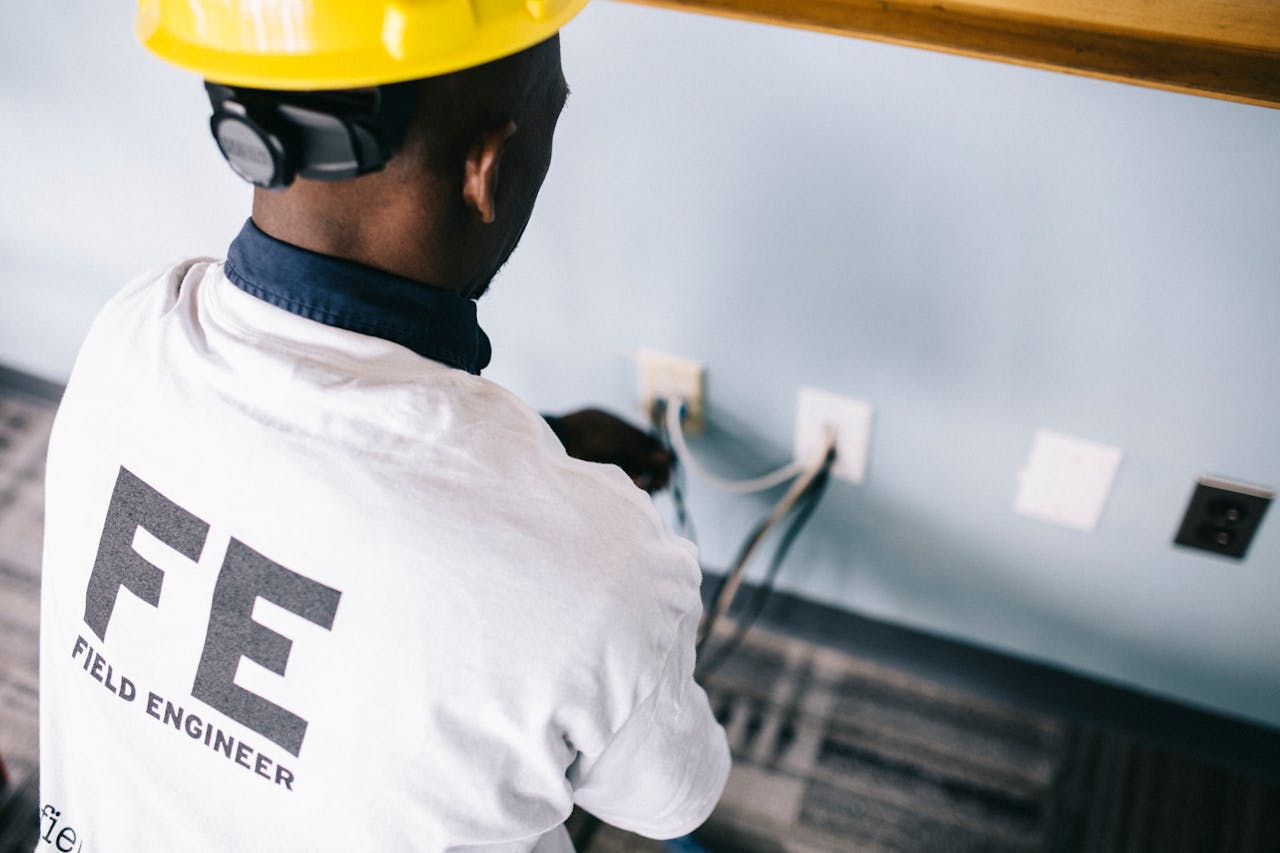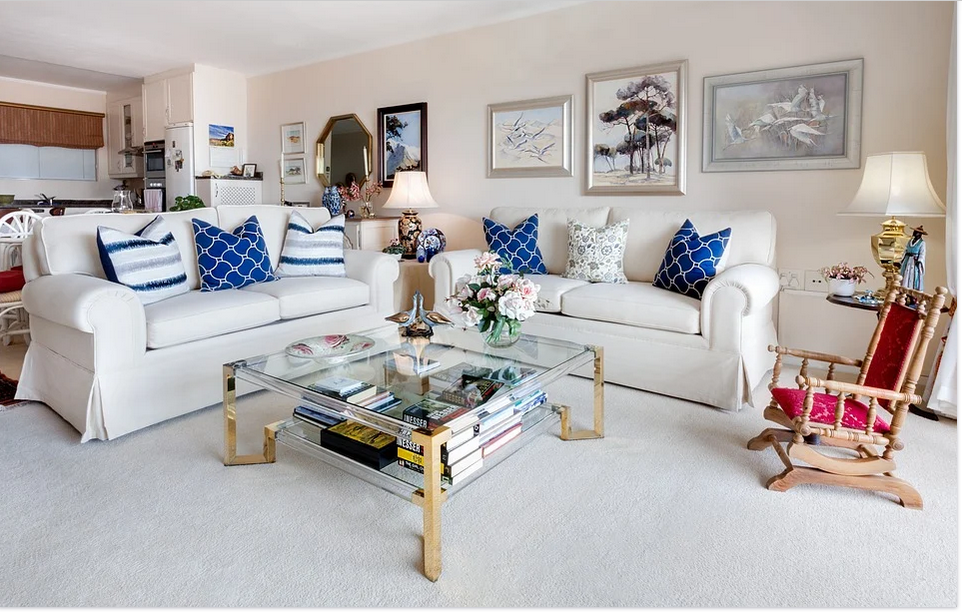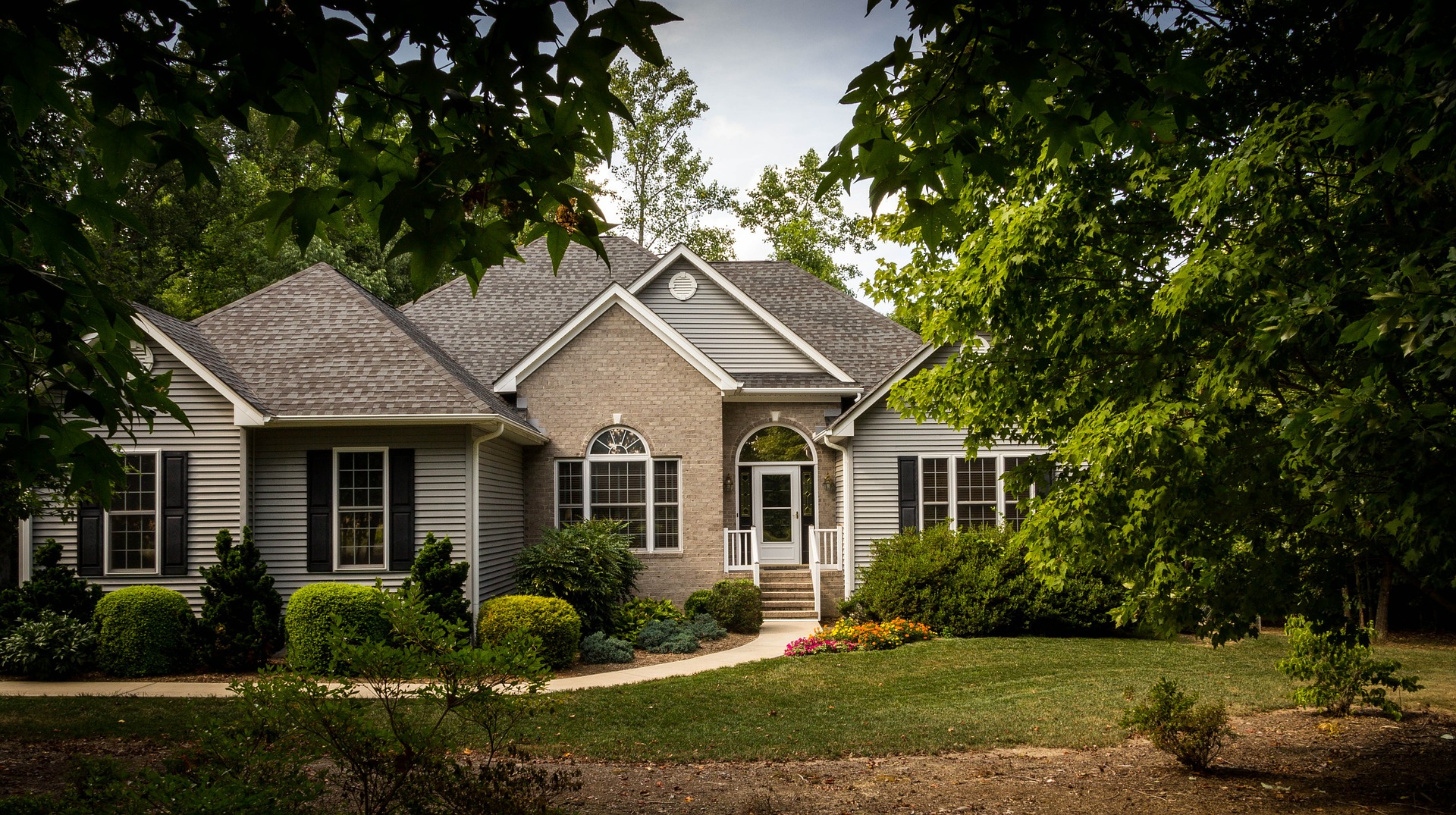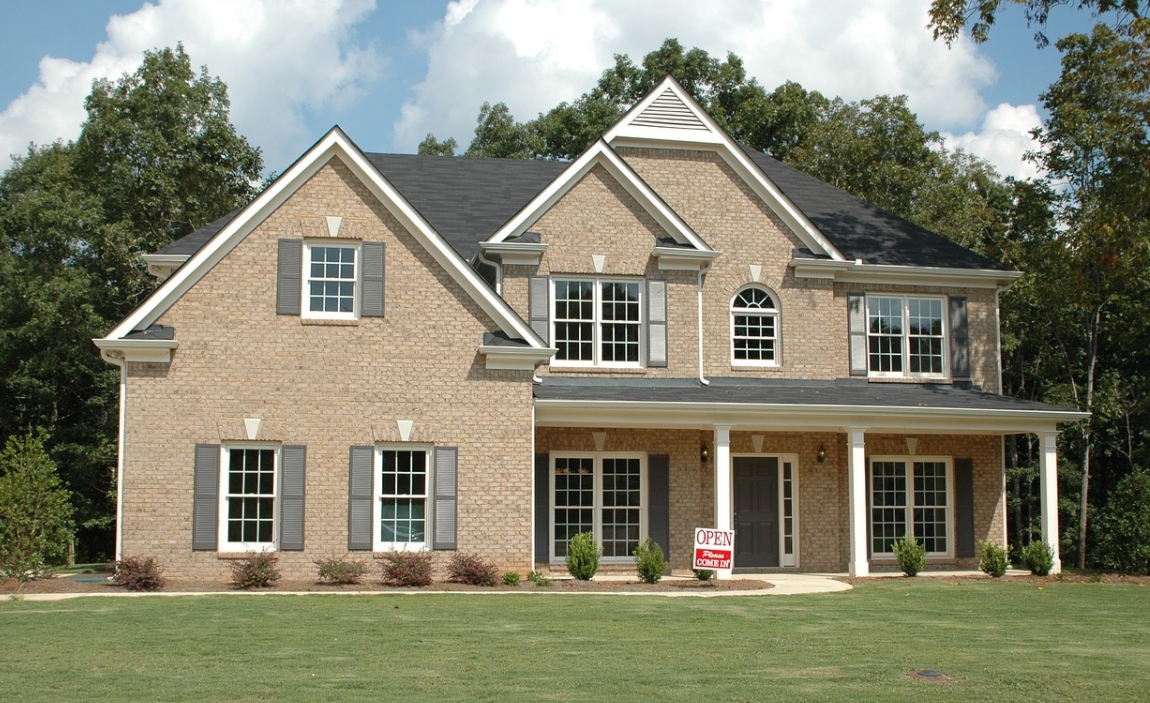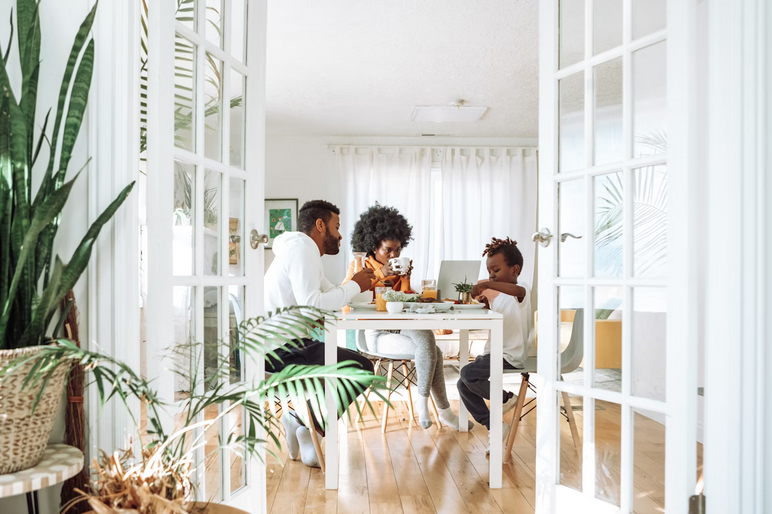
Welcome to the ultimate guide for creating a family-friendly home that is both stylish and functional. Gone are the days of sacrificing design for durability when it comes to designing a space that caters to the chaos and creativity of family life. In this post, we’ll explore practical tips, clever hacks, and inspiring ideas to help you create a home that is not only beautiful but also kid-friendly. So whether you’re navigating toddler tantrums or teen drama, get ready to transform your space into a haven for all ages with our comprehensive guide.
Open Concept Layouts for Connectivity

Open-concept layouts have become increasingly popular in family-friendly home design due to their ability to promote connectivity and interaction among family members. By removing walls and barriers between living spaces, open-concept layouts create a sense of spaciousness and facilitate communication and togetherness.
Whether it’s a combined kitchen, dining, and living area or an open loft space for play and relaxation, an open-concept layout allows family members to engage with each other while going about their daily activities.
Functional and Durable Materials
When choosing materials for your family-friendly home, prioritize functionality, durability, and ease of maintenance. Opt for durable flooring options such as hardwood, laminate, or luxury vinyl plank that can withstand heavy foot traffic, spills, and scratches.
Choose stain-resistant and easy-to-clean fabrics for upholstery and furniture to accommodate the inevitable messes and spills that come with family life. Consider materials such as quartz or solid surface countertops for kitchens and bathrooms that are resistant to stains, scratches, and heat damage.
Kid-Friendly Zones for Play and Learning

Designate specific areas within your home for children to play, learn, and explore safely. Create a dedicated playroom or play area equipped with age-appropriate toys, games, and activities to encourage imaginative play and creative expression.
Incorporate child-sized furniture and storage solutions that promote organization and independence, allowing children to access and tidy up their belongings with ease. Consider adding educational elements such as reading nooks, art stations, or sensory play areas to stimulate learning and development.
Multi-Functional Spaces for Versatility
Maximize the versatility of your family-friendly home by incorporating multi-functional spaces that can adapt to changing needs and activities. Consider convertible furniture such as sleeper sofas, extendable dining tables, or folding desks that can serve multiple purposes and save space when not in use.
Utilize flexible storage solutions such as built-in shelving, storage ottomans, or modular cabinets that can accommodate various belongings and keep clutter at bay. By designing multi-functional spaces, you can optimize the use of every square foot and create a more efficient and adaptable living environment for your family.
Outdoor Living Areas for Recreation and Relaxation

Extend your family-friendly design principles to your outdoor living areas, creating spaces where family members can unwind, play, and connect with nature. Incorporate features such as spacious decks or patios, outdoor kitchens, fire pits, and seating areas that encourage outdoor living and entertainment.
Create designated play spaces for children with features such as swing sets, playhouses, or sandboxes. This will allow them to enjoy outdoor activities safely within the confines of your property. By blurring the boundaries between indoor and outdoor living, you can create a seamless transition between spaces and enhance the overall quality of life for your family.



